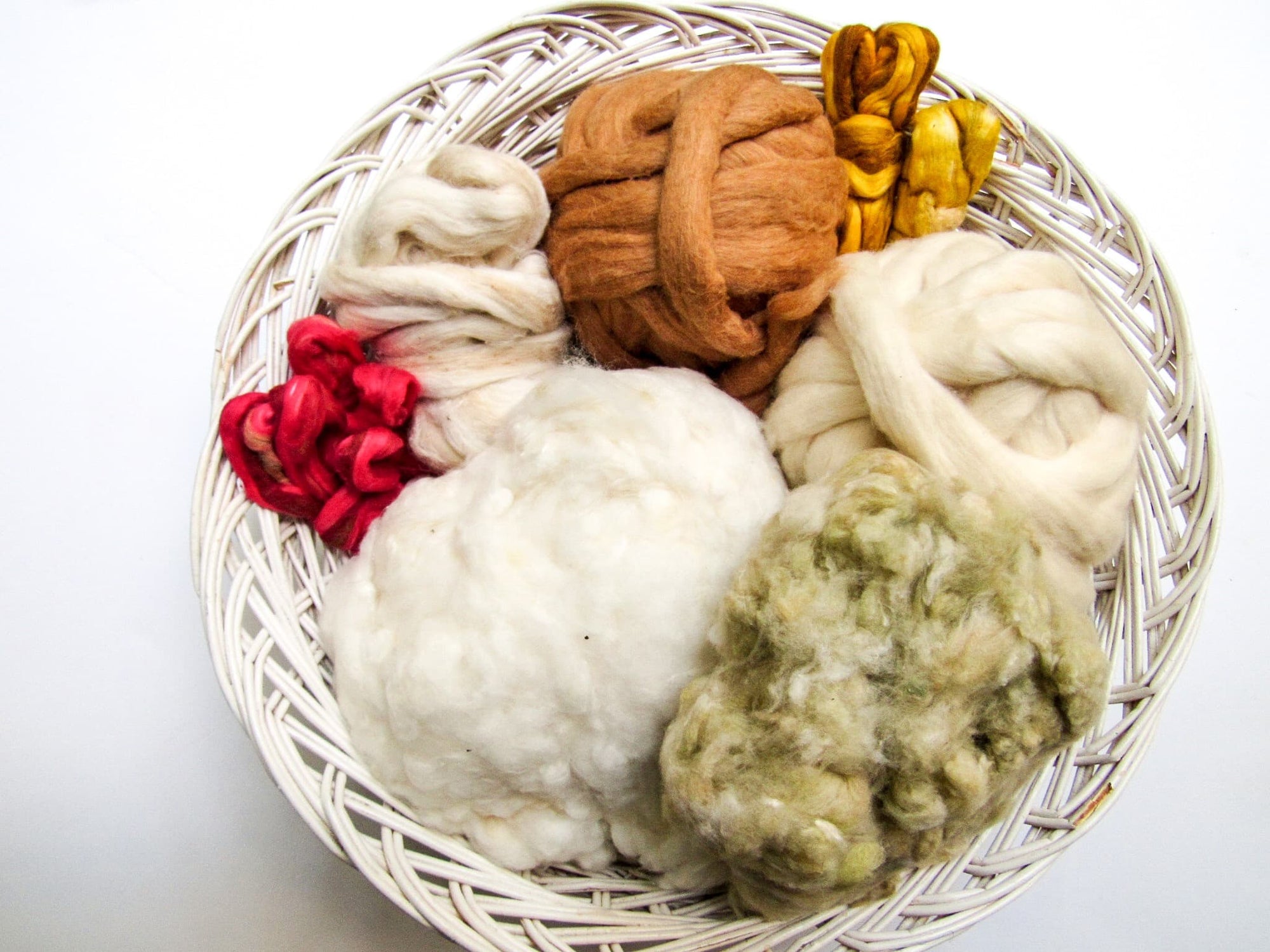How to Spin Cotton on a Spinning Wheel
By Debbie Held
If you’ve avoided spinning cotton on your wheel because of the fiber’s reputed need for special equipment or you’ve heard that it’s a difficult spin, have I got news for you: neither of these things is definitively true. With some basic knowledge, a bit of practice, and even just your fast-speed whorl (at a 15:1 ratio), you’ll be spinning cotton in no time.
(Note: On my Sidekick, I used the smaller groove on the high-speed whorl. Due to the wheel’s unique build, the ratio came in at about 15:1—plenty fast for me. You may prefer a higher ratio. If using a wheel in double drive, be sure to use high-speed bobbins with the small end towards the whorl.)
Here’s what is true: Fiber harvested from the cotton plant is notoriously fine and short stapled, which seems to be the hurdle for most wool-loving spinners.

A woolen draw and a high twist are its optimal companions. Thin or thinnish singles are recommended. (I like mine at 22 twists per inch.) Draft only to the staple’s mid-point for best results.
What You'll Need
-
high quality organic* cotton fiber (Ginned lint from Fox Fibre/Vreseis and carded sliver from Sarepta Cotton are two of my favorites and what I’m using here. Commercially-milled cotton top is even more readily available.)
∗Organic cotton is bred to improve upon some of the plant’s less enjoyable traits. Some say that it is also earth friendly.
-
spinning wheel with a ratio setup of at least 15:1
-
hand cards with a PSI of 72 or finer (optional)
-
patience
Materials and Equipment
Directions
Make some rolags from your ginned lint.
Lint is the collection of seed-hair fibers left behind when ripe cotton boll has been picked and then de-seeded by cotton ginner.
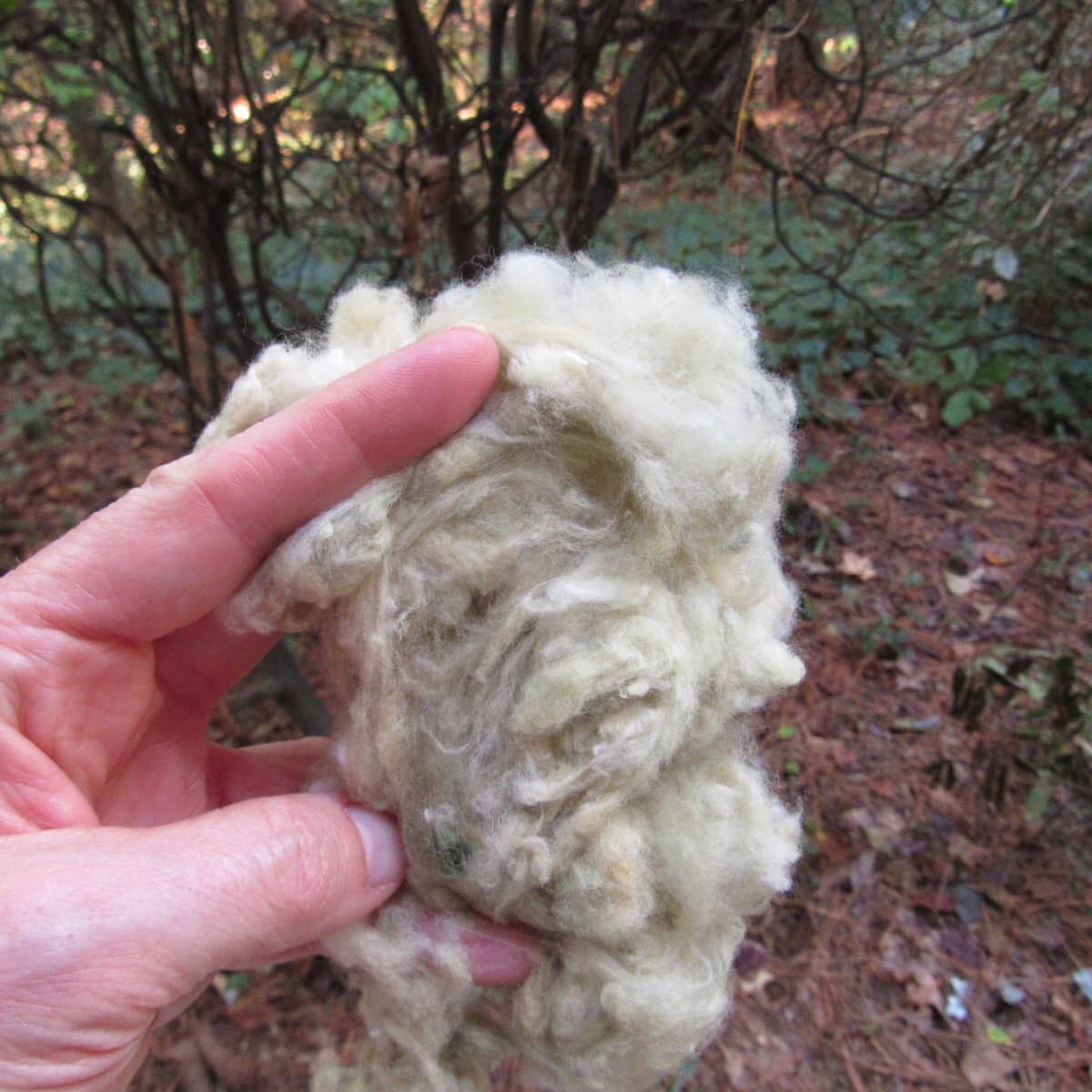
Many spinners spin straight from teased-apart lint, but the rolag preparation makes for a far easier place to begin. If you only have traditional hand cards with a PSI (points per square inch) of 72, like I do, you can still use them to gently card your rolags.
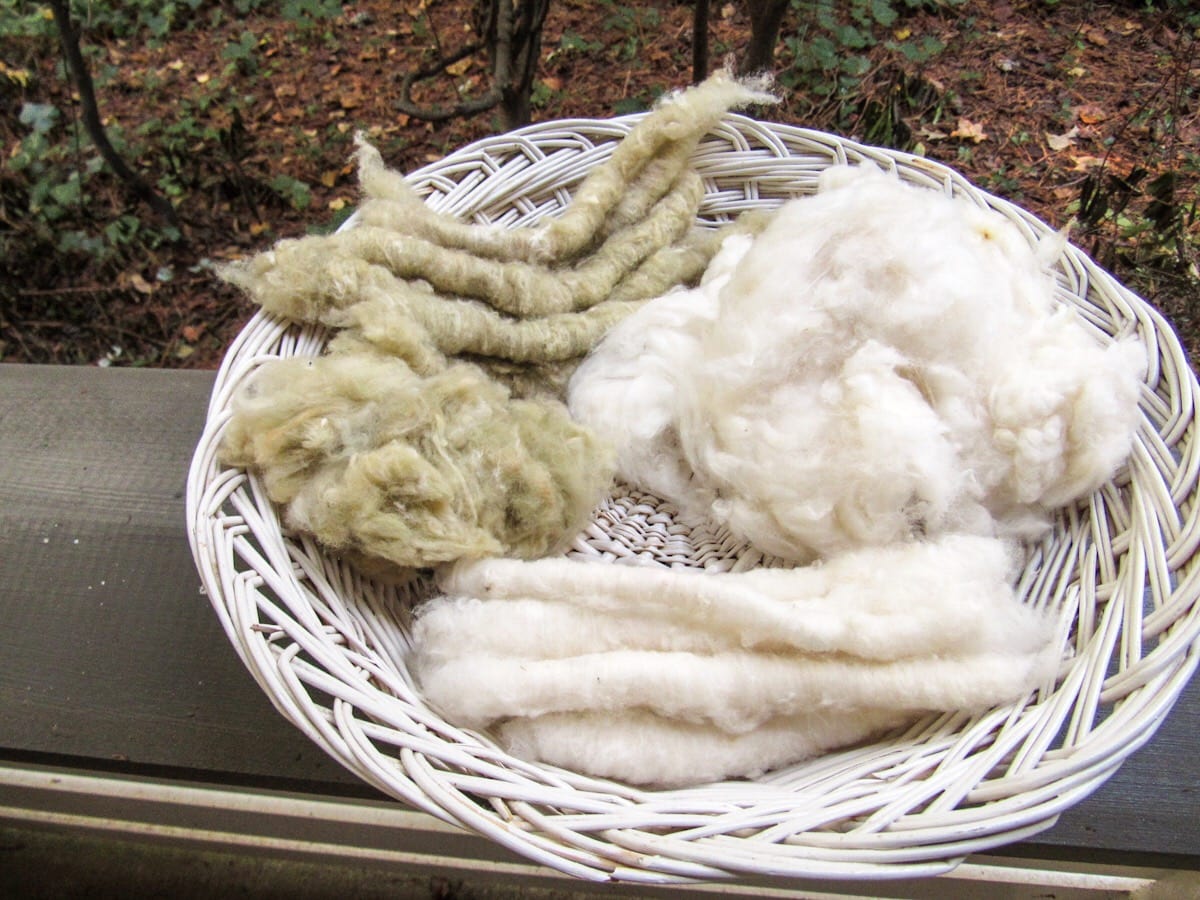
Reconsider the leader you’re using on your bobbins.
Fine crochet cotton is a game changer, no matter what you may be spinning. Try it and see for yourself.
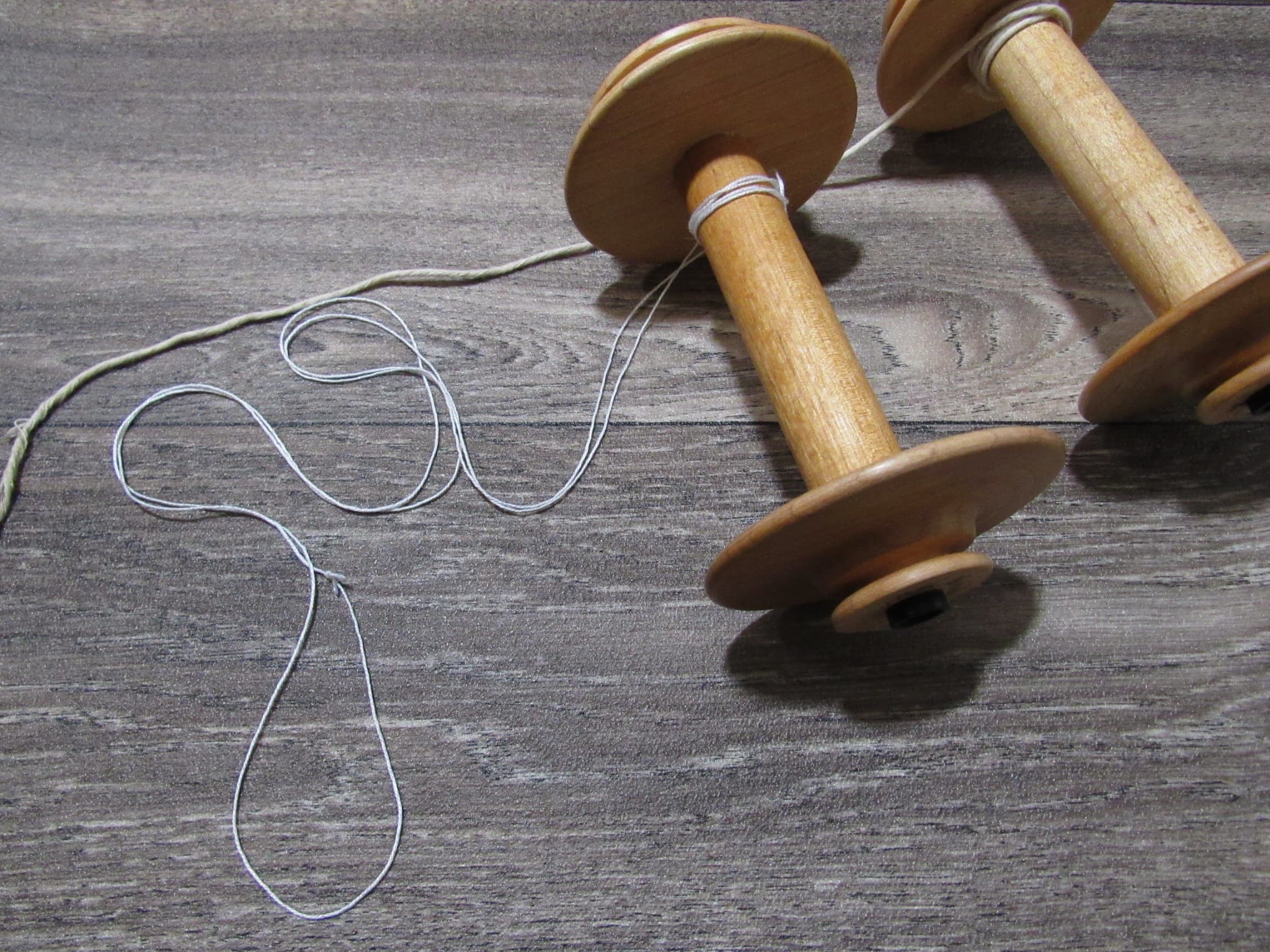
Adjust your wheel for fine spinning.
Use the smallest groove of your fastest whorl; and low tension/take-up.
- One of the beauties of spinning cotton is just how forgiving it is as handspun. Lumps and bumps can smooth out remarkably well during plying, leaving behind an unexpectedly lovely yarn. Besides, a few slubs here and there only add character to a finished cotton fabric.
Since the drafting zone is so short, be gentle with your movements and anticipate breakage as you learn.
Let’s spin!
If high-speed spinning is not part of your wheel’s current setup, you can instead treadle faster to provide the added twist needed to stabilize your yarn. Double-lacing your flyer should also help.
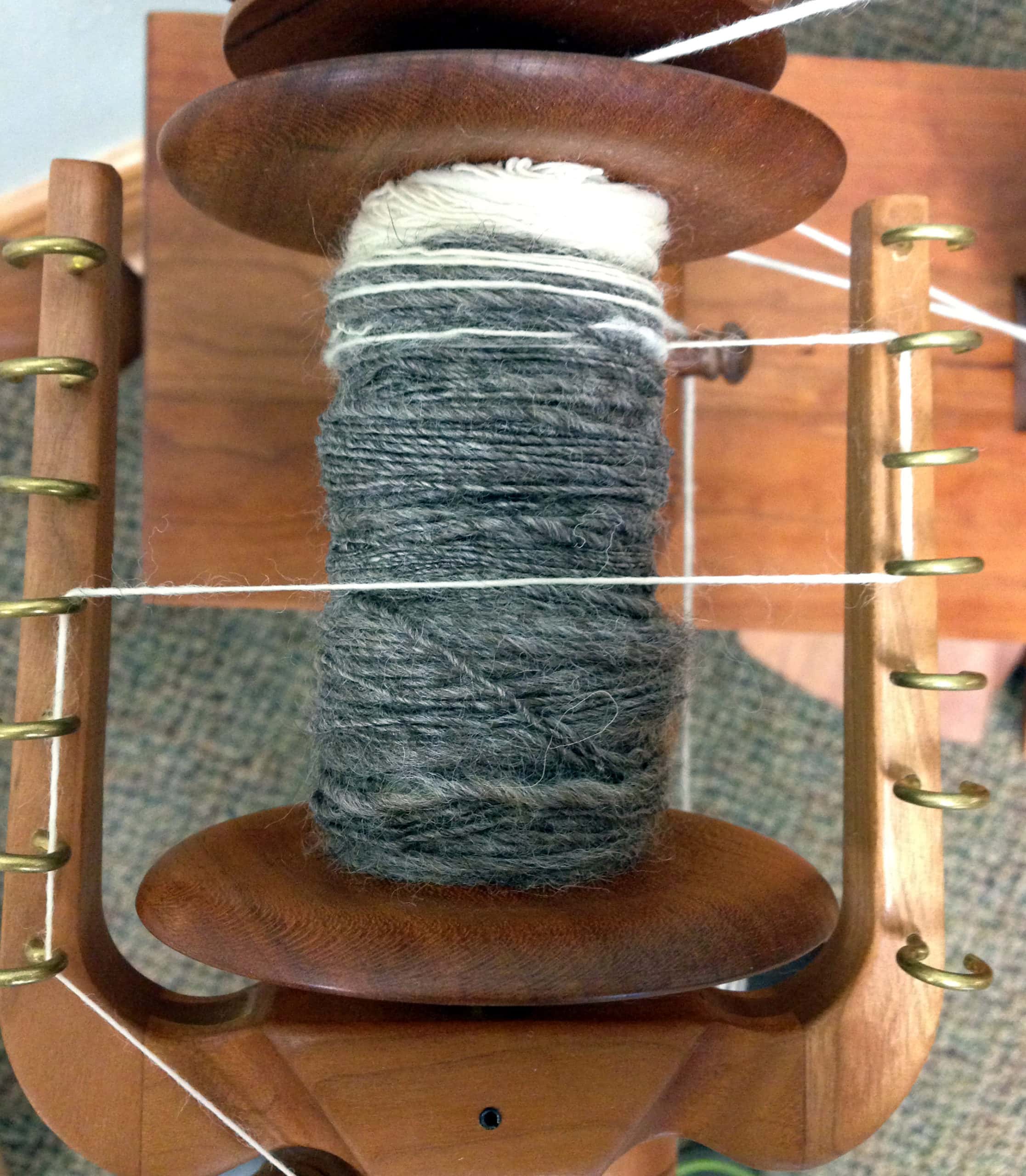
- Experiment with your whorls to find the best fit for your needs.
- We’re going to start with the carded sliver, the easiest preparation to conquer. Carded sliver has a hint of natural twist, left over from its processing. If you feel that twist is blocking your ability to draft open your fiber, try turning it around and spinning from the other end.
- Join the fiber to your leader yarn, then carefully inchworm your way through a few yards of wound-on singles. With your front hand, pinch off the accumulated twist.
You are now ready to spin your way into any one of the following four woolen draw methods, all of which allow the twist between your hands to draft out/attenuate the fiber for you—a hallmark of this type of draw.
Short backward draw: Your back hand (the one holding your fiber supply) gently pulls backward for half a staple length; the front hand releases built-up twist, filling the just-drafted bit of yarn with air. “Pinch, draw back, release,” (then wind on) is a helpful mantra to say to yourself as you rhythmically spin along.
Long draw: Other than the front hand releasing the initial twist, this is a one-armed maneuver. Your fiber hand draws smoothly back as far as feels comfortable, then forward again, all while the natural tug of the expanding twist attenuates the fiber at the same rate. To stabilize the yarn as you draw your arm back, close your fingers around the drafting zone and more twist will build. Wind on. Repeat. You may find that moving your arm farther away from your body provides a better angle.
Supported long draw: If you’re having issues with long draw, add your front hand back in as your twist manager. The fiber arm’s movements remain long and smooth, as above, only now your front arm is the gate keeper of the all-important twist.
Double draw: If you’re having trouble with slubs and yarn consistency, double draw can give you greater control over your spun yarn. First, draw back several inches (or more), as in nos. 2 and 3, and then, pinching off the troublesome area with both hands, draft again, drawing out the slubs.
Tips on Plying
- Stop frequently to check your ply-back sample for adequate twist, just as when spinning wool. A 2-ply or traditional 3-ply (if you’re looking for a heavier weight yarn) will be your most stable yarns. Since cotton itself has no elasticity, and since breakage can be more of an issue than when spinning wool, a chain- or Navajo-ply is not well suited to this yarn.
- For these same reasons, ply from two or more bobbins, not a center-pull ball, initially.
- Don’t worry too much about singles that may seem over-twisted and/or lumpy. Just do your best to ply to balance, stopping to check your freshly plied yarn.
- With fresh bobbins, now try spinning your rolags—and any other preparations you may have on hand.
Finishing
- Much ado has been made about the ways to finish handspun cotton. This is not the space to examine them all. Personally, I set my twist the same way I set other handspun: I soak the yarn for 20 minutes in a basin filled with warm water and my favorite gentle soap or yarn wash; if I’ve used real soap, I then soak the yarn in plain water. After first rolling it in a towel, I snap the yarn between my forearms and hang it to dry.
- I only boil the yarn (for about 30 minutes) when I want to play with color deepening. (Cellulose fibers do not felt.)
- And there you have it. While this is not an exhaustive list of the methods spinners use to spin up cotton with ease, these are the steps I personally took on my own road to appreciating this fiber.
- Enjoy the ride.

